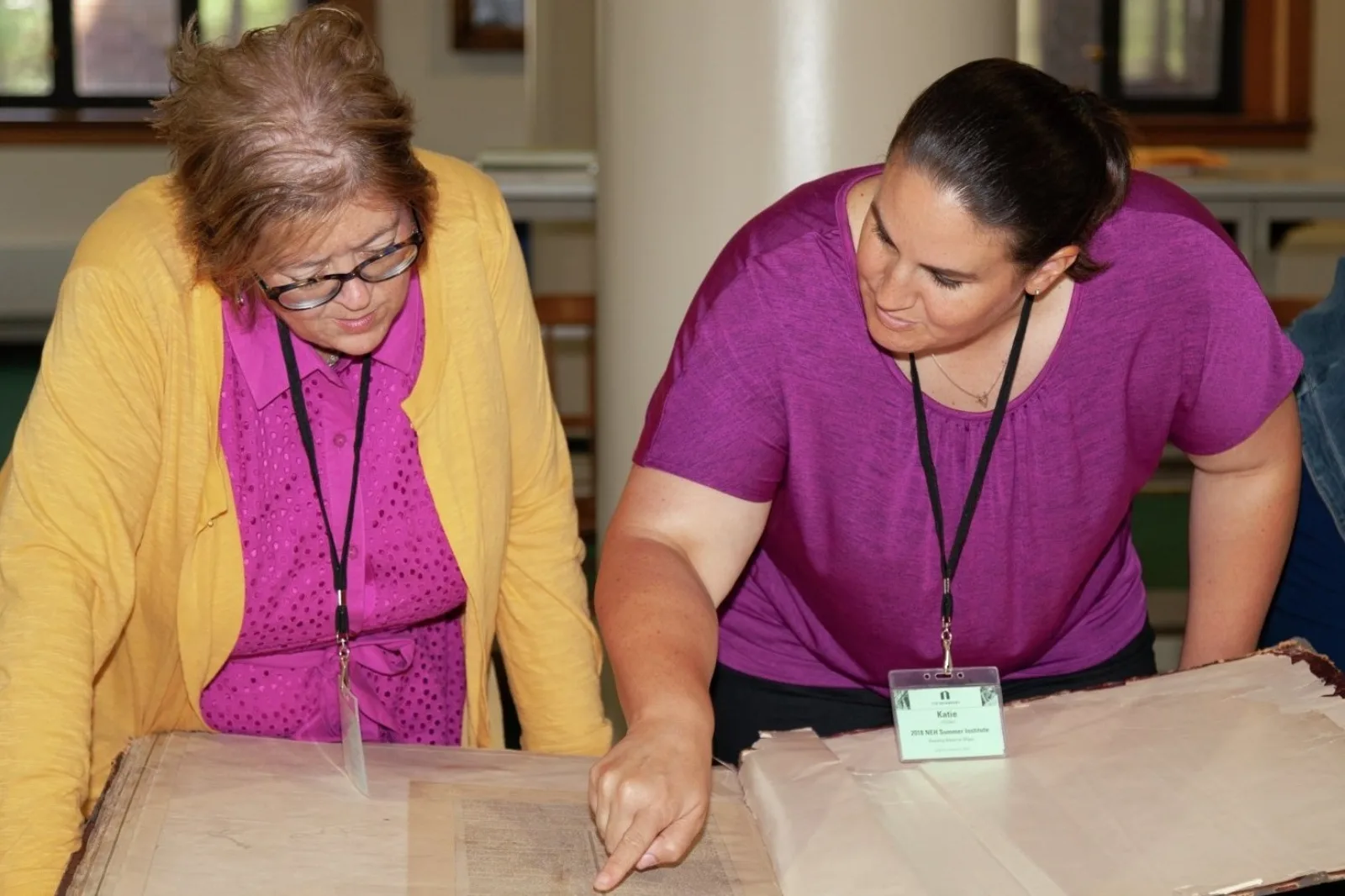The Newberry's fellowship program has been a central feature of the library's intellectual community for decades, and each academic year brings new opportunities for exploration and inquiry. This year, the Newberry is host to eleven long-term Fellows doing research on topics ranging from the significance of the corner liquor store in urban Black America to the 17th-century English book trade.
Here, we introduce you to seven of our current long-term Fellows who began their residencies in September.
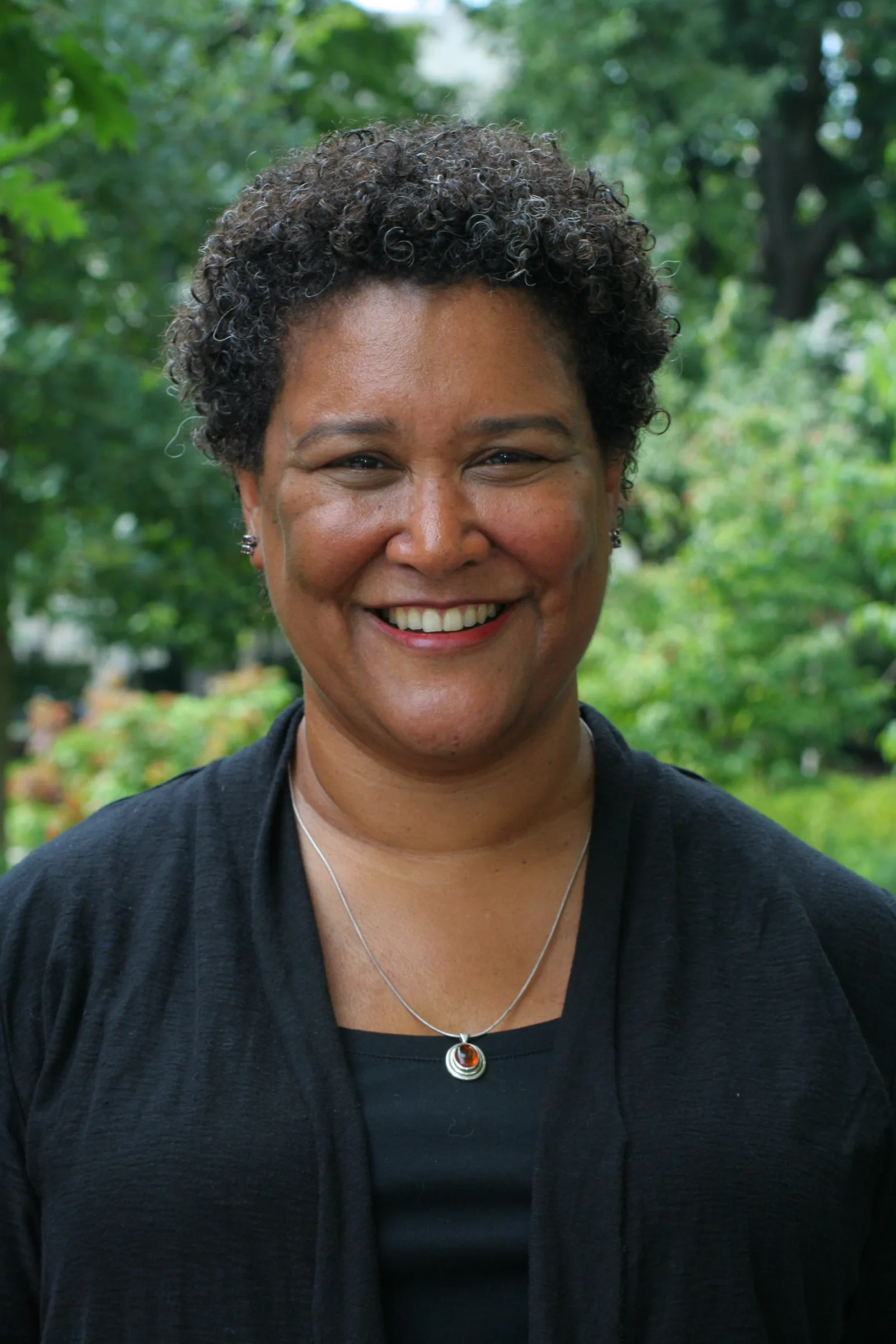
Leslie M. Harris
David L. Wagner Distinguished Fellow for Humanistic Inquiry
Professor of History, Northwestern University
Leaving New Orleans: A Personal Urban History
How did you first learn about the Newberry?
I visited the Newberry Library in late 2000. I was attending the American Historical Association conference in Chicago, and I spent a few days exploring its resources on African American genealogy and narratives in relationship to a project on antebellum southern slavery I was developing. Then, when I arrived in Chicago six years ago as a new faculty member at Northwestern, I was immediately invited to participate in some of the seminars here. There is so much rich intellectual community here.
What’s your current project?
I’m currently working on a book called Leaving New Orleans: A Personal Urban History. I’m using my family history and our experiences during and after Hurricane Katrina to guide the questions I have about the history of New Orleans. Some days I’m curious about race relations; other days I like to compare New Orleans to other cities; sometimes I’m thinking about the built environment; sometimes the performing arts, particularly dance, in the 1970s and 1980s. Being at the Newberry, with its wide-ranging collections, is the perfect place for me to work on this project.
What collection items are you most excited to examine?
I’ve heard that the maps here are the best anywhere. I’m very curious about how New Orleans appears on maps over time, and in comparison to other cities. I also noticed that there are some collections related to ballet companies in New Orleans; I’m curious about those too.
What has your Newberry experience been like so far?
I love that I’m among a community of scholars every day of the week, and that we’re all working in community on our different projects. I’m looking forward to hearing about my fellow fellows’ projects. And I’m looking forward to attending the range of public events here—although if I attended them all, I don’t think I would get any writing done! Still, it’s wonderful to have my curiosity piqued by so many different sets of ideas.
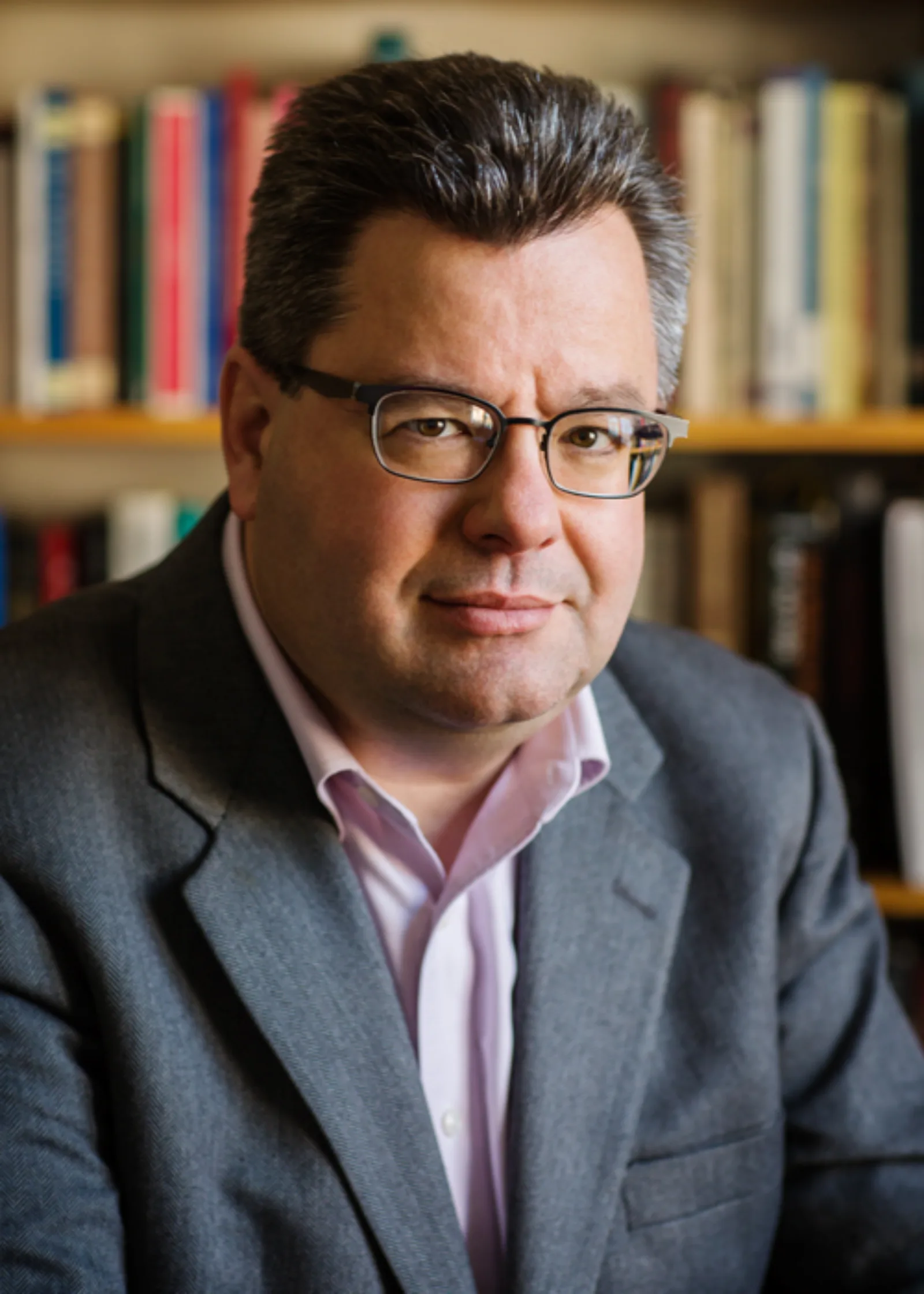
Craig Koslofsky
Audrey Lumsden-Kouvel Fellow
Professor of History, University of Illinois, Urbana-Champaign
The Deep Surface: Skin in the Early Modern World, 1450–1750
How did you first learn about the Newberry?
Honestly, the Newberry has been a part of my scholarly world for so long now. I was a fellow here in 2009–10, and a visitor in the summer of 1999. An early modern print from the Newberry figured in my 2000 book The Reformation of the Dead: Death and Ritual in Early Modern Germany, 1450–1700. I attended a medieval studies conference here in 1992, so some time before that.
What’s your current project?
I’m writing a book titled The Deep Surface: Skin in the Early Modern World, 1450–1750. In it I examine new ideas about skin color, the discovery of the microanatomy of the skin, skin diseases, and many forms of skin marking such as branding, tattoo, scarification, blushing, cosmetics, and circumcision. I focus on how these forms of marking skin and understanding skin came together in the early modern centuries to create modern conceptions of Blackness and whiteness. This book project is under contract with Cambridge University Press and should appear in 2024.
What collection items are you most excited to examine?
French descriptions of Native American tattoo traditions are a key source for my book. The Ayer Collection has several manuscripts with such descriptions, and some are illustrated. For example, the Newberry holds a “Journal d'un voyage fait avec Mr. d'Iberville de la rade de Bilocchis dans le haut du Mississipi avec un detail de tous ce qui sest fait depuis ce temps jusquau depart du vaisseau, 1700 Feb. 1-May 8” by a Jesuit named Paul Du Ru.
What has your Newberry experience been like so far?
Great! Getting to know the other fellows and scholars in residence is a real treat. The Newberry brings together a diversity of expertise, experience, and research interests. Fascinating folks to talk with, and so helpful for my research project.
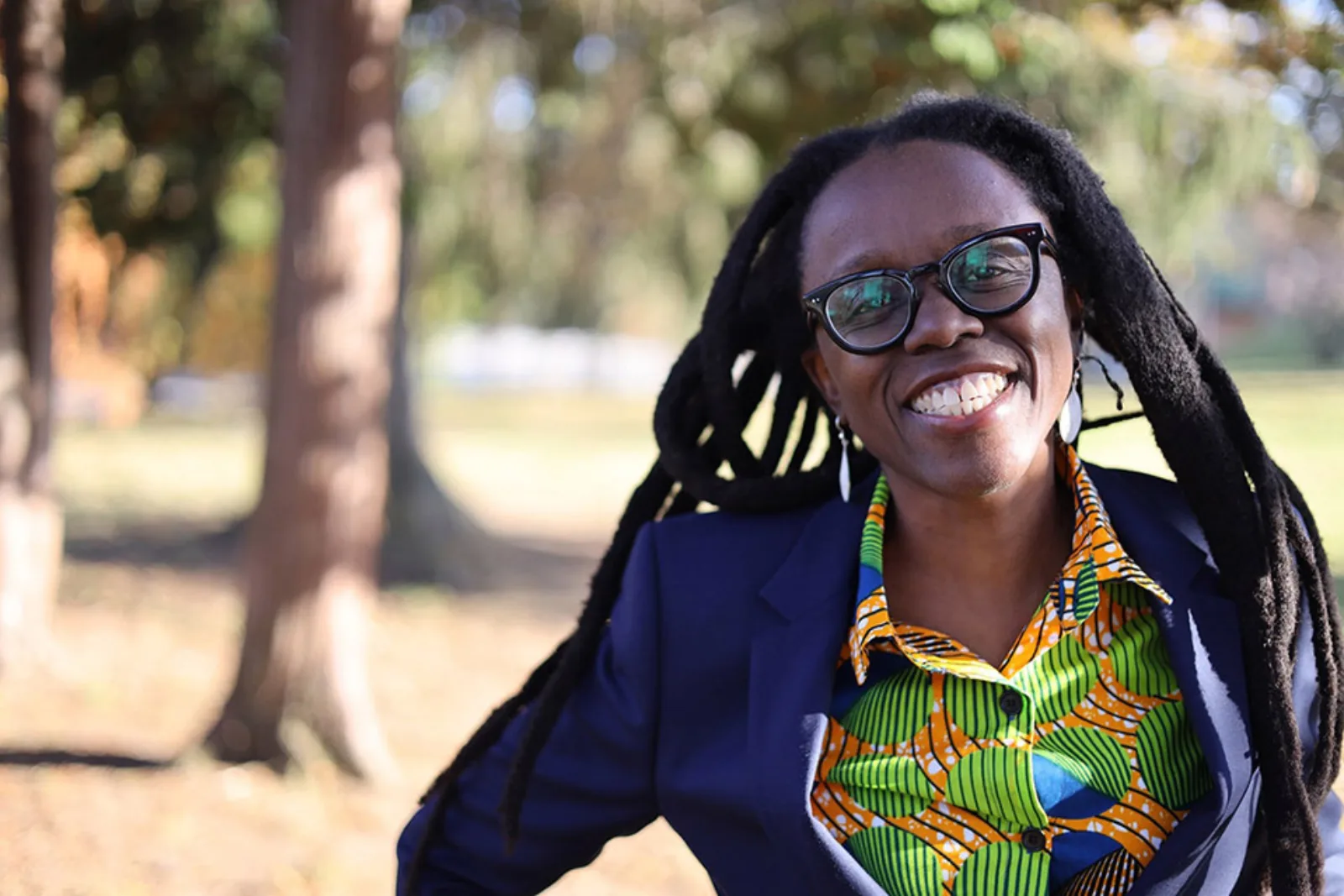
Naa Oyo A. Kwate
National Endowment for the Humanities Fellow
Associate Professor of Africana Studies and Human Ecology, Rutgers, The State University of New Jersey
The Corner Liquor Store in Urban Black America
How did you first learn about the Newberry?
I'm not sure I remember the specific moment I learned about the Newberry, but it's been in my academic ether for quite a while. I'm originally from Chicago, so I think I knew about it as a local institution. As well, I was able to visit the library a few years ago for the book project I was working on at that time.
What’s your current project?
I'm studying the broad impact of the overabundance of corner liquor stores in African American neighborhoods. Existing public health research has documented the disproportionality of these outlets, and examined associations with alcohol consumption, chronic or other illness, and violence, but there really isn't any scholarship beyond that. Liquor stores appear time and again in African American history, particularly as a target in urban rebellions. They seem to precipitate the same kinds of crises, protests, and inequalities no matter where in the United States they are. My project essentially asks, "What are corner liquor stores, and what has been their impact on African American lived experience?"
What collection items are you most excited to examine?
It's tough to choose, but I'll go with the map collections and the Chicago and the Midwest collection. The Sanborn Fire Insurance maps are invaluable in studying neighborhoods at a granular level, and allow me to trace the progression of retail or other uses that preceded today's liquor stores. I could look at those all day.
What has your Newberry experience been like so far?
Fantastic! There is a wealth of resources, the staff have been wonderful, and the fellows are a great group of folks, all working on really interesting projects. I'm looking forward to the exchanges we will have over the academic year.
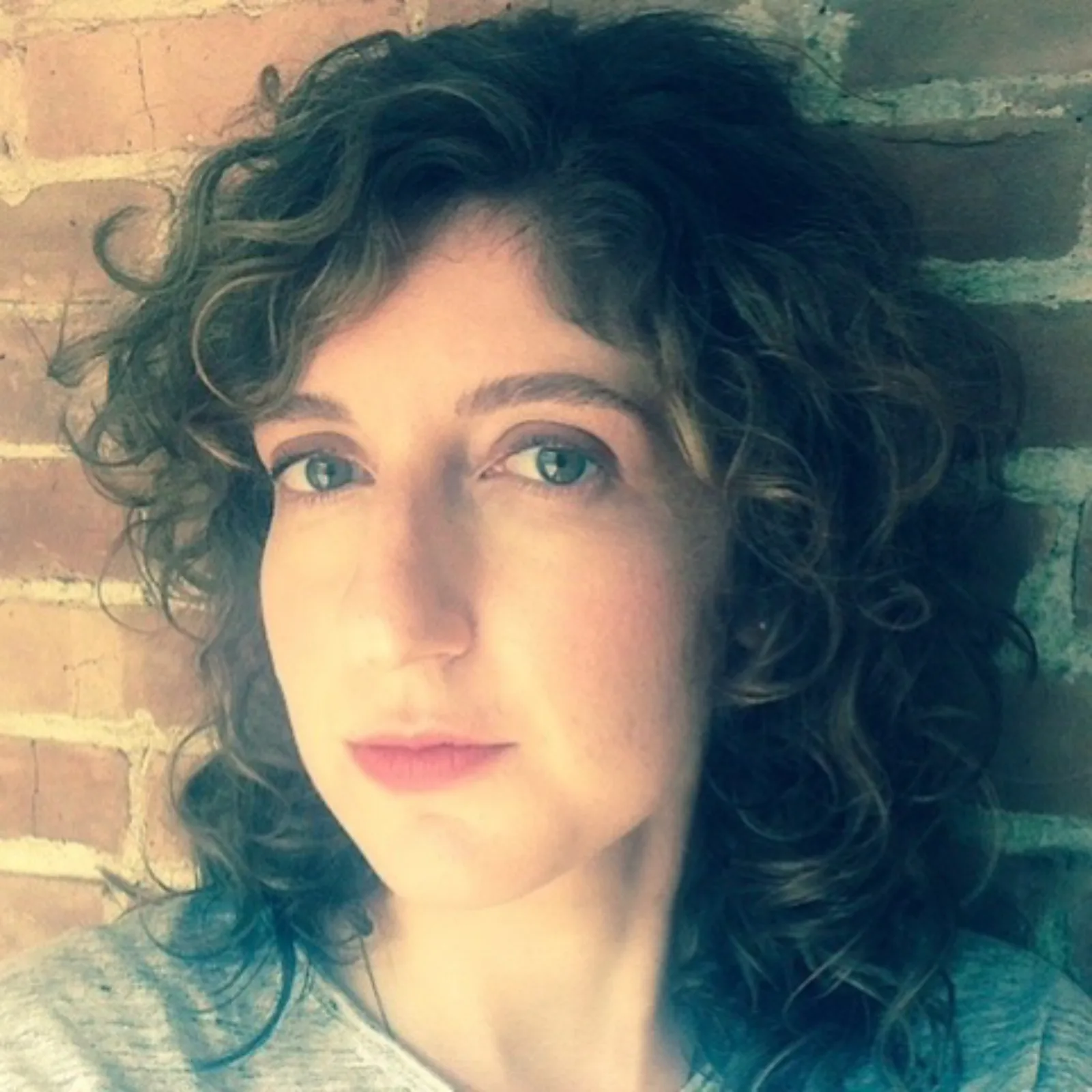
Marisa Libbon
National Endowment for the Humanities Fellow
Associate Professor of Literature, Bard College
The Medieval Rumor Mill: Technology, Labor, and the Circulation of Popular Culture
How did you first learn about the Newberry?
As a medievalist, I’ve always been aware of the Newberry’s significant collection of medieval manuscripts and its programming around medieval and Renaissance studies. When the subject matter of my current project—and the array of archives I would need to access—became clear, two colleagues who had each previously undertaken research at the Newberry encouraged me to apply for a long-term fellowship. The fact that one of these colleagues is a medieval art historian and the other an expert in Atlantic history speaks to the range and reach of the Newberry’s collections across fields and methodological approaches.
What’s your current project?
I’m researching and writing my second book, which examines the relationship between technology and secular popular culture in medieval England, focusing on the windmill. The windmill was a radically new technology in late twelfth-century England and, fascinatingly, became useful to profoundly different constituencies, apart from its technological role. It circulated in political, visual, poetic, and polemical forms and contexts until the late fourteenth century. Precisely how the windmill came to hold cultural meaning, and how its rhetorical and visual power was continuously harnessed and redirected by groups whose cultural contact has been characterized as negligible, are central concerns of the book. The ways in which material and ephemeral culture are transmitted across time, class, and language is a longstanding interest of mine. My first book, Talk and Textual Production in Medieval England (Ohio State, 2021), argues that public talk and rumor in medieval England, especially talk and rumor about the historical past, were explicitly constitutive of the production of texts in which the memory of medieval England’s past was contested and codified. My current project investigates a wider public’s response to and use of culture and technology, and develops new methodologies to recover a richer reception history of texts and images.
What collection items are you most excited to examine?
The Newberry’s collection of British Government documents and records related to William Morris’s acquisition of medieval manuscripts—including a manuscript central to my project—are crucial for my research. A number of medieval manuscripts, including a fourteenth-century copy of the Statuta Angliae and a land grant from c. 1300, are on my list. I’m also eager to look at several maps of England’s North Sea coast and other areas where windmills were especially abundant. I’m increasingly interested in how the windmill altered physical and mental landscapes and soundscapes in medieval England.
What has your Newberry experience been like so far?
It’s such a gift to have the time, space, and resources that the long-term fellowship provides; and it’s a joy to learn from and think with the Newberry’s community of scholars, curators, and staff. Everyone has been very generous with their time and expertise.
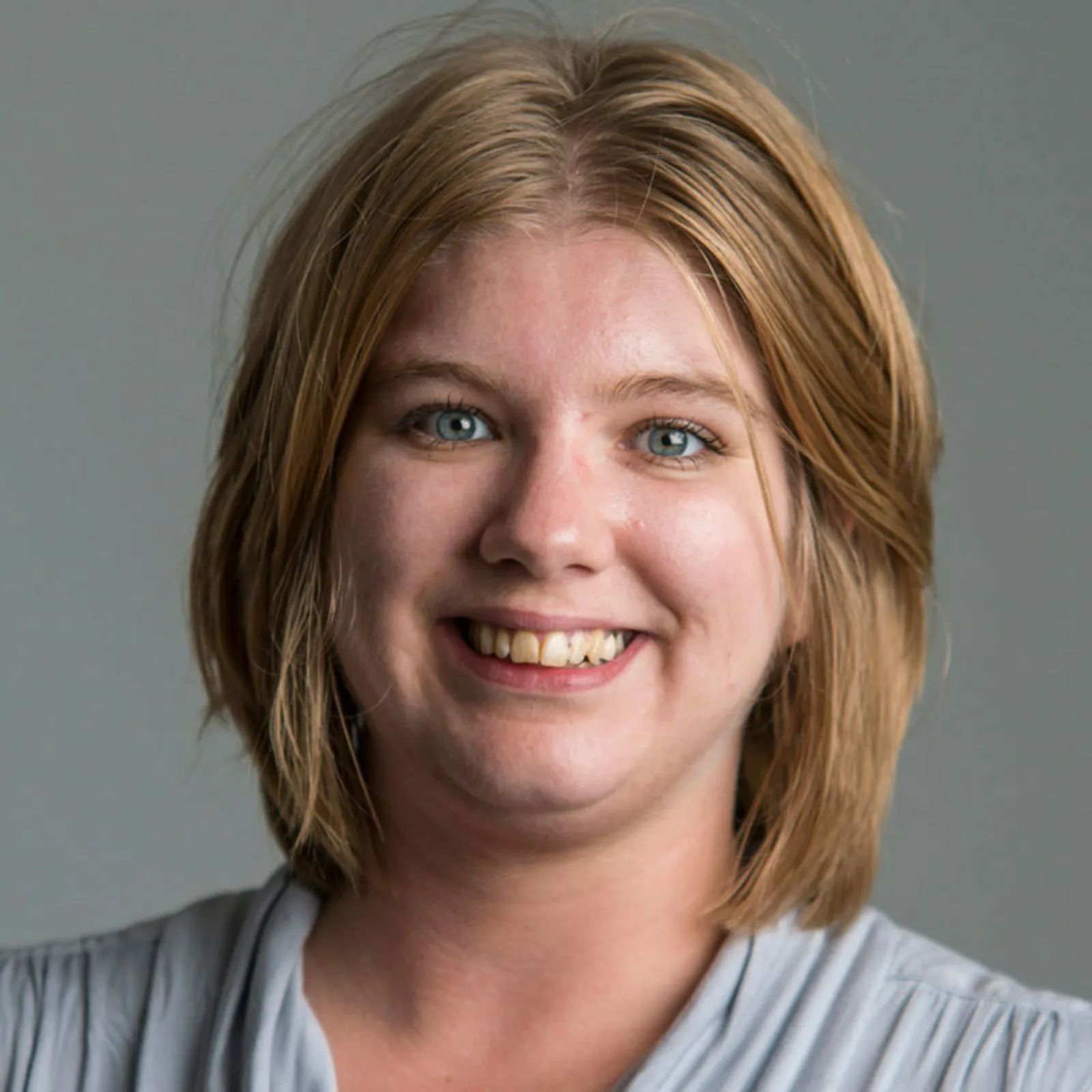
Emily Macgillivray
Lloyd Lewis Fellow in American History
Assistant Professor of History, Northland College
Navigating the Currents: Indigenous Women, Politics, and Property in the Borderland Great Lakes, 1745 to 1845
How did you first learn about the Newberry?
I first learned about the Newberry when I was in grad school at University of Michigan. Faculty in the American Culture and History departments were always encouraging grad students to have the Newberry “on our radar” and apply for fellowships offered by the Newberry. They also raved about the Newberry’s collections for Indigenous history of the Americas. I was awarded a short-term fellowship toward the end of my time in grad school in 2016. I loved the month I spent at the Newberry, and since then, I’ve hoped to be able to come back.
What’s your current project?
Currently, I am working on my first book project, Navigating the Currents: Gender, Indigeneity, and Property in the Great Lakes Borderlands, 1750–1850. Based on my dissertation, this book focuses on the role of Haudenosaunee and Anishinaabe women in major wars (including the French and Indian War, the American Revolutionary War, the Northwest Indian War, and the War of 1812), treaties, and debates surrounding the formation of the border between the United States and British Canada. These women worked as traders, interpreters, and diplomats to transform goods and political skills into property to strengthen their families and communities in the face of American and British settler colonial powers asserting jurisdiction over Indigenous lands and recently created borders. The women I focus on are Sally Ainse (Oneida), Molly Brant (Mohawk), Elizabeth Bertrand Mitchell (Ojibwe), Thérèse Schindler (Odawa), Magdalene Laframboise (Odawa), and Ozhwaashkodewikwe (Ojibwe).
What collection items are you most excited to examine?
That’s a hard question! Due to the nature of my project, I end up looking through a lot of items to find scattered traces of the women who I focus on. Sometimes there is an item where I’m hopeful they’ll appear, and I find nothing. Other times, there is an item where I think it’s unlikely they appear, and then, I find them. I’m excited to look at some of the Ayer collection related to the fur trade, such as correspondence from John Jacob Astor and Ramsay Crooks. I also love maps for research and teaching, so I’m excited to have time to delve into some of the map collections at the Newberry. I was also thrilled to learn that the Newberry has access to digitized Library of Congress collections through online databases, and I’m looking forward to accessing the Schoolcraft.
What has your Newberry experience been like so far?
This is the first semester I’ve had to focus on my research and writing since finishing my dissertation and starting a tenure-track position at Northland College. Northland is a small liberal arts school with a focus on environmental and social justice and an emphasis on experiential learning. I love teaching, but being able to have the space and time to focus on my own research feels like a gift. So far my days have been divided between deeply reading primary sources, getting caught up on recently released secondary sources, and writing. And after so many virtual events since 2020, I’m really enjoying getting to attend events at the Newberry, including the colloquiums, seminars, and evening talks, like the D’Arcy McNickle Distinguished Lecture with Phil Deloria.
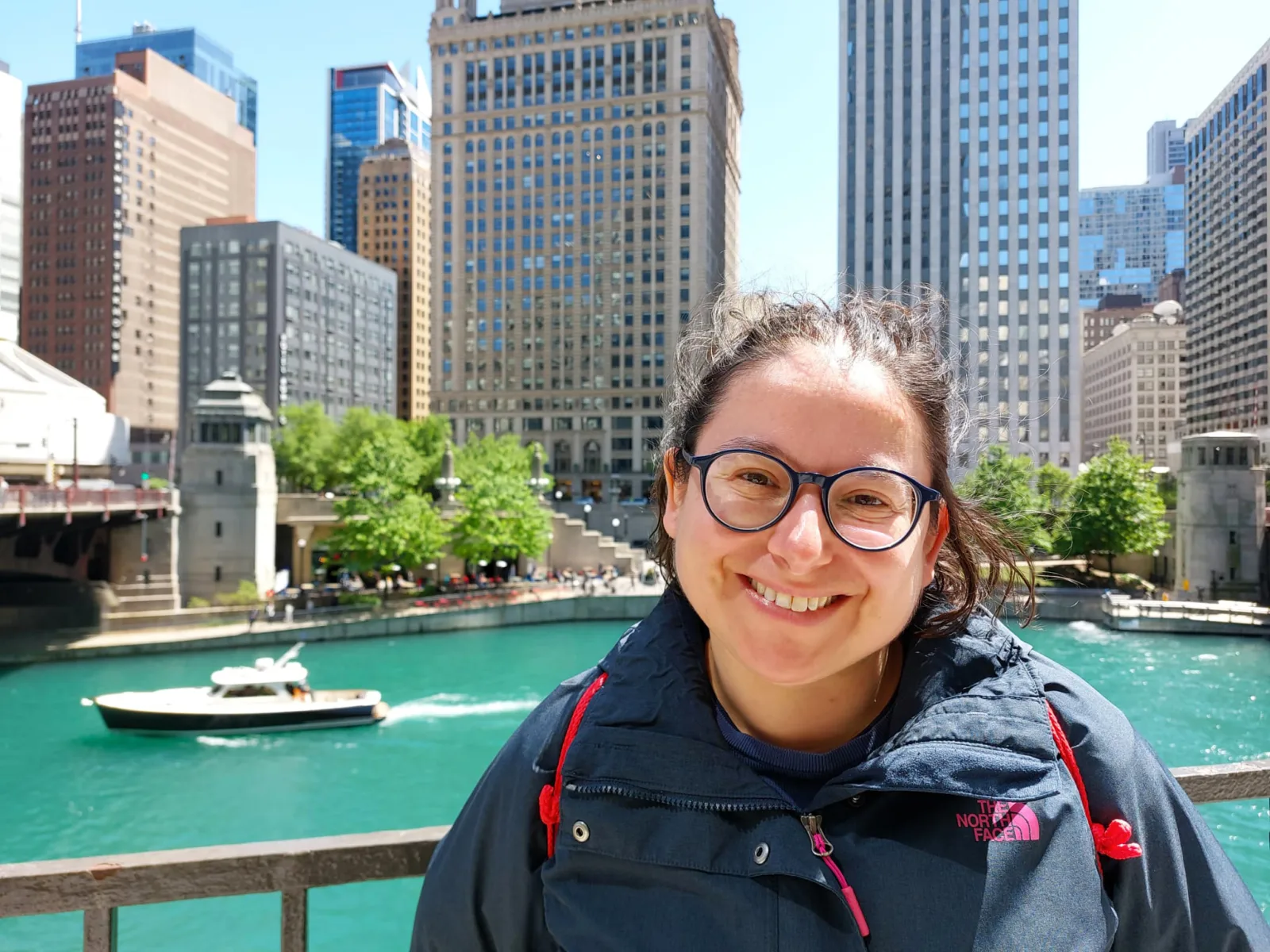
Maria Vittoria Spissu
Marie Skłodowska-Curie Global Fellow
Assistant Professor (RTDB), European Art History in the Early Modern Age, University of Bologna
Communities of Concord: Building Contentment and Belonging through Emotional Images in Early Modern Europe and Beyond
How did you first learn about the Newberry?
I discovered the Newberry Library when I participated in a conference entitled "The Politics of Conversion: Martin Luther to Muhammad Ali" (September 2017). I fell in love with its collections and the atmosphere inside this phenomenal institution. I realized that in addition to the classic theme of art history, there was a lively and sincere interest in cross-cutting paths, studies on the construction of otherness, and sensitive and challenging topics such as race, gender, global connections, and cultural transformations. I listened to thorough and convincing insights on the global Renaissance, material culture, political history, cartography, artistic circulation, and history of ideas. For these reasons, I chose the Newberry Library as a host institution and partner organization.
What’s your current project?
My current research project is entitled "Communities of Concord: Building Contentment and Belonging through Emotional Images in Early Modern Europe and Beyond" and is funded by the European Commission. This project combines the study of the history of early modern art in some particular areas (Spanish Italy, the Iberian Union, Spanish Netherlands, and the Iberian Americas) and the study of the politics of images related to consensus building and community bonds (particularly in territories affiliated with the Habsburgs). The project concerns paintings but also prints and illustrated early modern books. Therefore, the Newberry is the ideal place, both for its collections and transnational and transdisciplinary studies. The history of Catholicism and the study of "emotional communities" and "social emotions" are also highlighted within the project.
What collection items are you most excited to examine?
The early modern books that interest me most are in the Edward E. Ayer Collection. Many books deal with geographical explorations, others with triumphal feasts or entrances, letters from missionaries, reports of conversions, or spiritual treatises, especially those dedicated to important political figures engaged in "pacification" campaigns. Other books concern the promotion of particular cults in the Iberian Catholic worlds. I am particularly interested in materials printed in Rome or Antwerp, used to propagate precise "social emotions" or a particular moral ideology, functional to the political control of communities through the description (textual and visual) of the power of conversion and of the consolation and happiness obtainable through inclusion in a particular order or group.
What has your Newberry experience been like so far?
The experience at the Newberry so far has been great. Expectations were very high, as some scholars I admire, like Walter Melion or Christine Goettler, have given seminars here. They have written and edited some unmissable books. It has been fascinating to attend Premodern and European Art seminars, workshops, and symposia, and through them encounter new methodological approaches and topics, sometimes quite different from my narrow field of expertise. These activities have enabled me to bring new perspectives to my studies.
I have settled in quickly thanks to the extraordinary people I have found here. I sincerely thank Lia Markey, Laura McEnaney, Suzanne Karr Schmidt, Laura Matthew, Nancy Newman, Christopher Fletcher, Rebecca Fall, and Keelin Burke.
I am grateful to Lia for her extraordinary encouragement and loving commitment to helping me through any difficulties. She is a great scholar of the Renaissance and a thousand other subjects and a huge source of inspiration!
One can also have fun and fruitful encounters here. For example, one day, I attended a seminar organized by the University of Chicago as part of the "Early Modern and Mediterranean Worlds" workshop. Afterward I told myself that it would be great to meet the scholar who had given that seminar. The next day I went to the Newberry and discovered that she had become my new carrel desk neighbor! Her name is Marta Albalá Pelegrín. We eventually organized two panels for the 2023 Renaissance Society of America conference entitled “Ambivalent Harmonies: Representing Peace at War in the Early Modern Iberian Habsburg Worlds.”
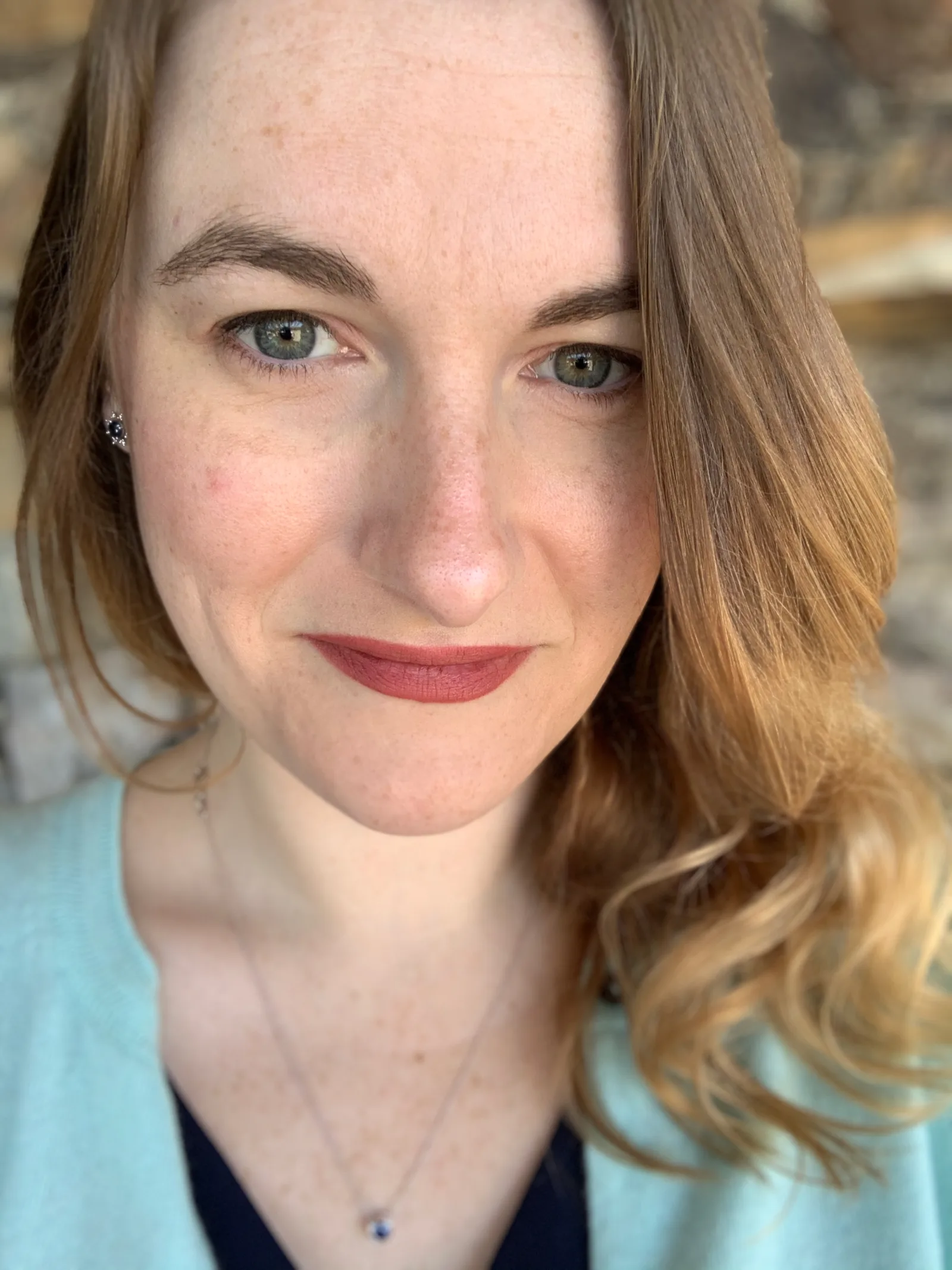
Molly G. Yarn
The Monticello College Foundation Fellowship for Women and Mellon Foundation Fellow
Independent Scholar, Literature
Women Printers and the English Book Trade, 1640–1665
How did you first learn about the Newberry?
By reputation in my field! I've known multiple early modernists who have done fellowships here, given lectures, or used the collections.
What’s your current project?
I'm writing a book about women printers in London during the mid-seventeenth century, examining their personal and business networks, their lives and experiences, and the work they produced. The process is already prompting all sorts of questions about the English book trade, so I'm excited to see where it will take me.
What collection items are you most excited to examine?
There are a lot of things—my project involves examining a very broad range of items. But I always particularly enjoy looking at copies of Margaret Cavendish's books, many of which were printed by women. I'm also always on the hunt for #HerBook items—books with provenance marks indicating that they were owned or used by early modern women. It's like a treasure hunt!
What has your Newberry experience been like so far?
Absolutely delightful.
This story is part of the Newberry’s Donor Digest, Fall 2022. In this newsletter, we share with donors exciting stories of the work made possible by their generosity. Learn more about supporting the library and its programs.
